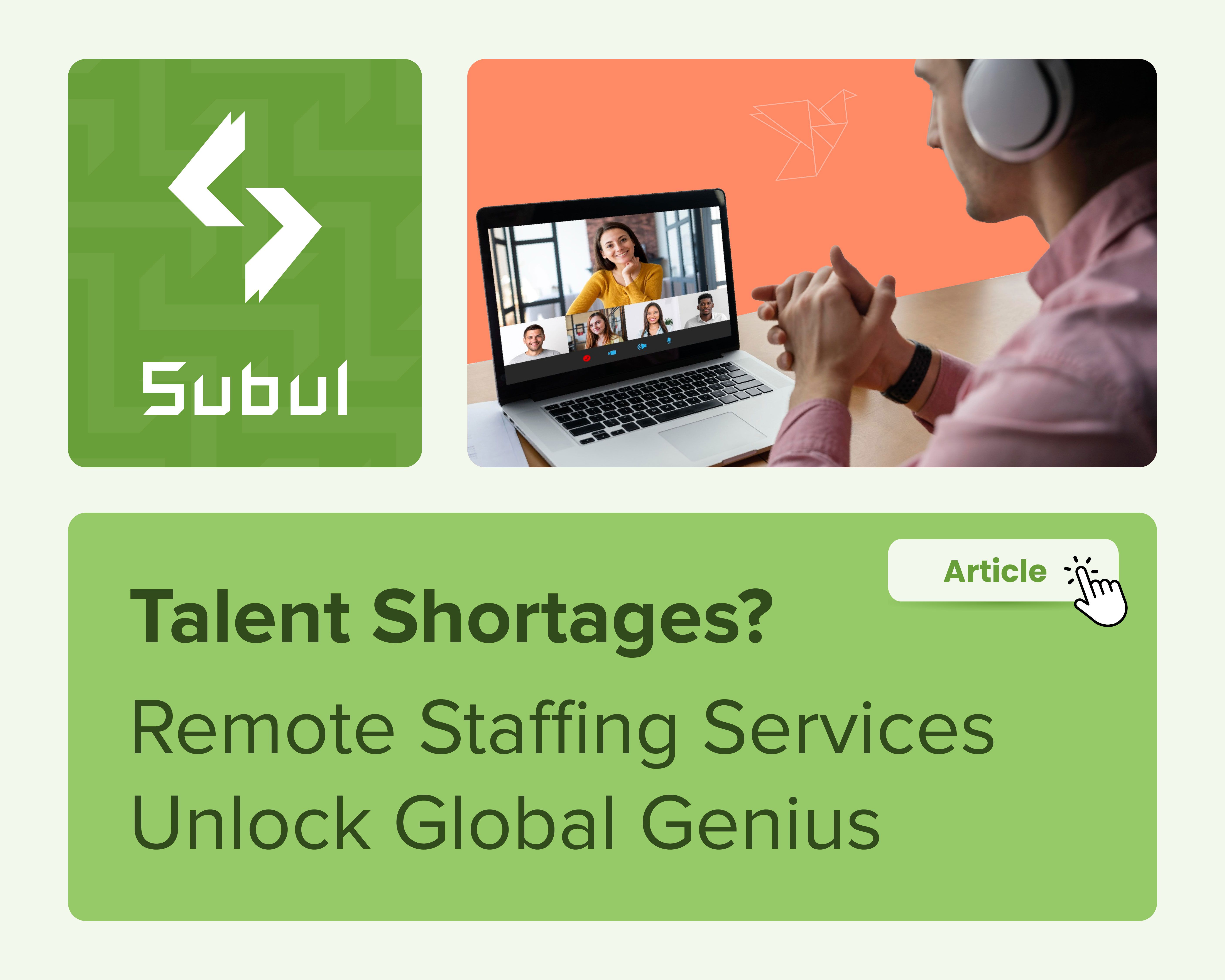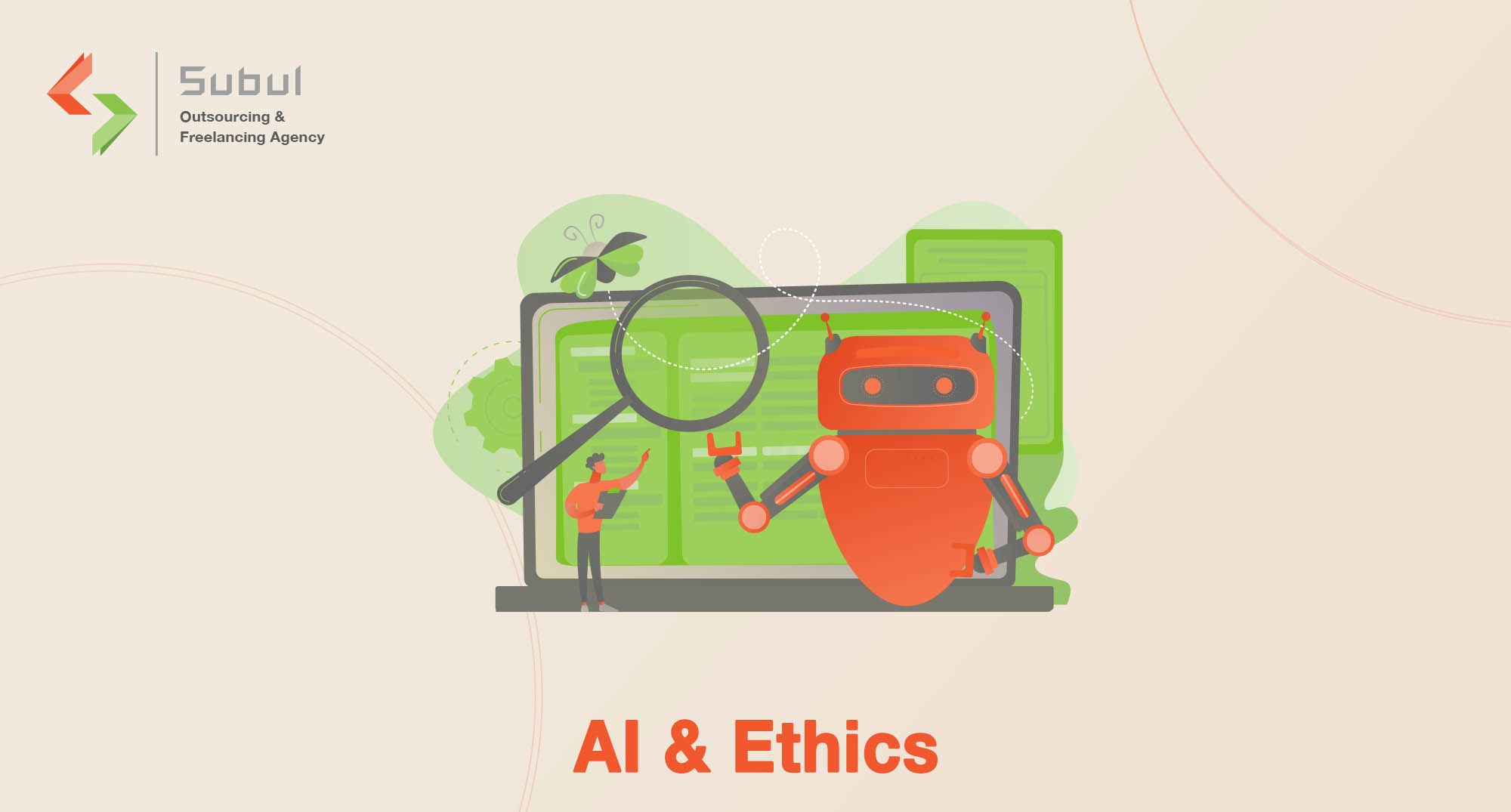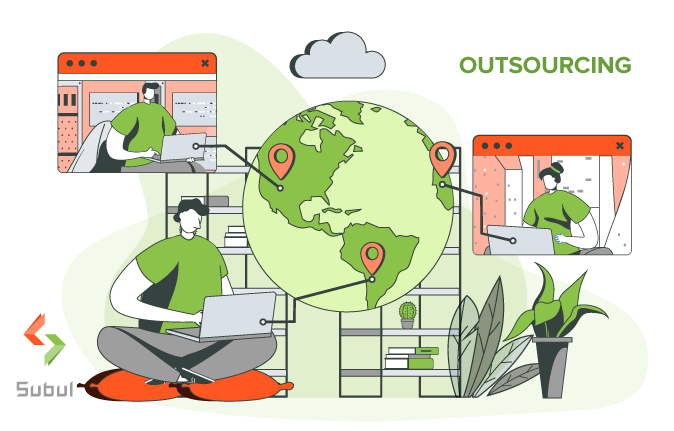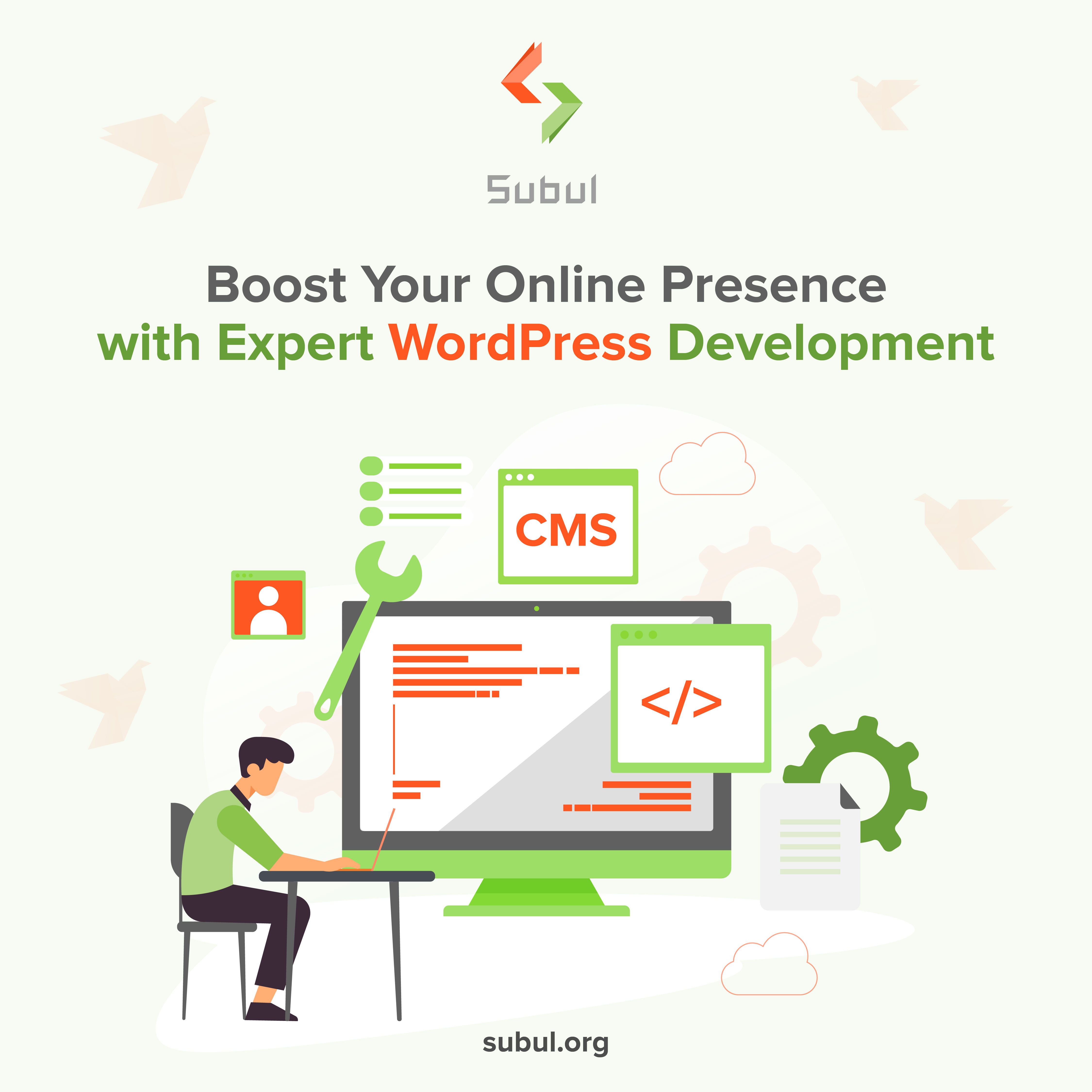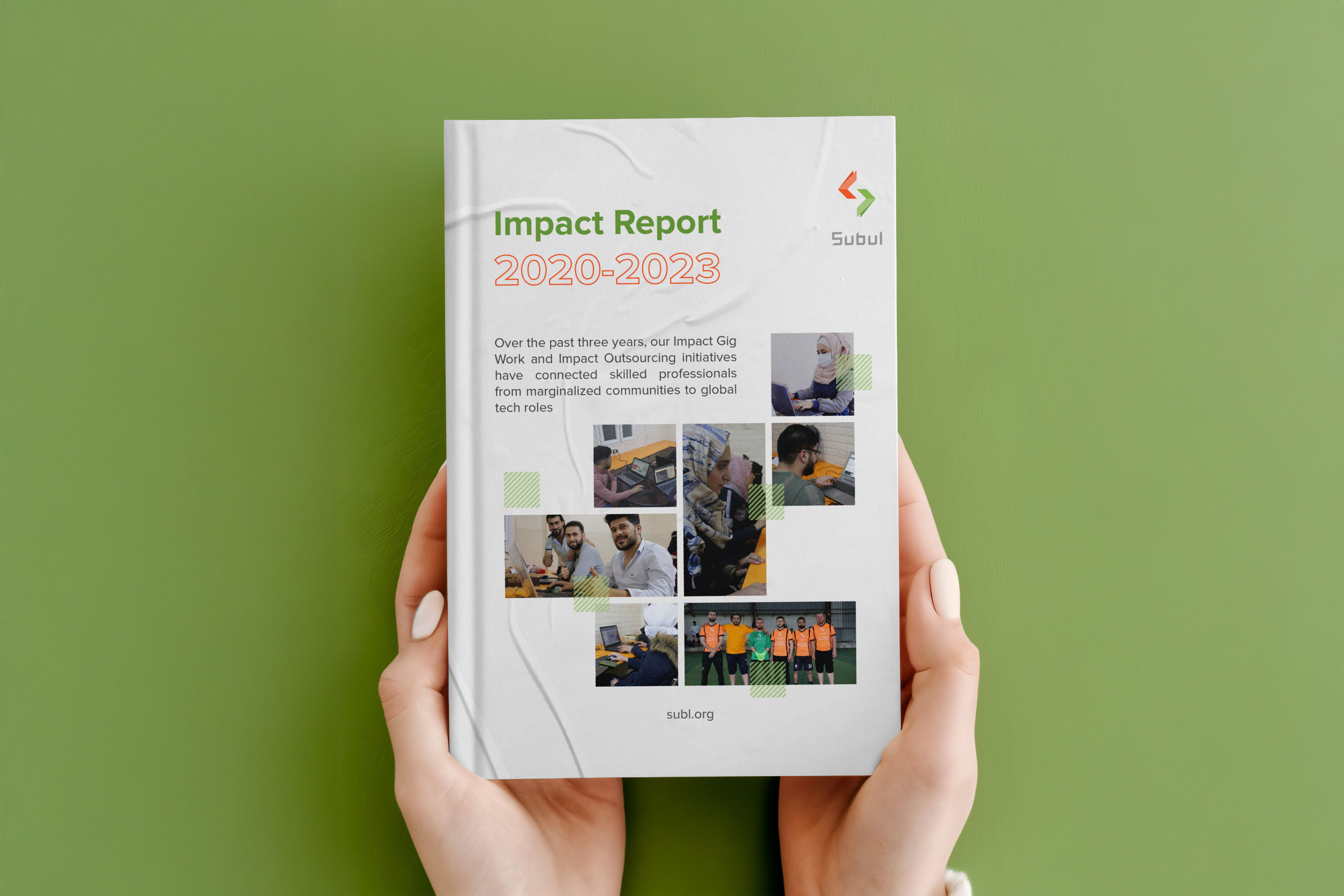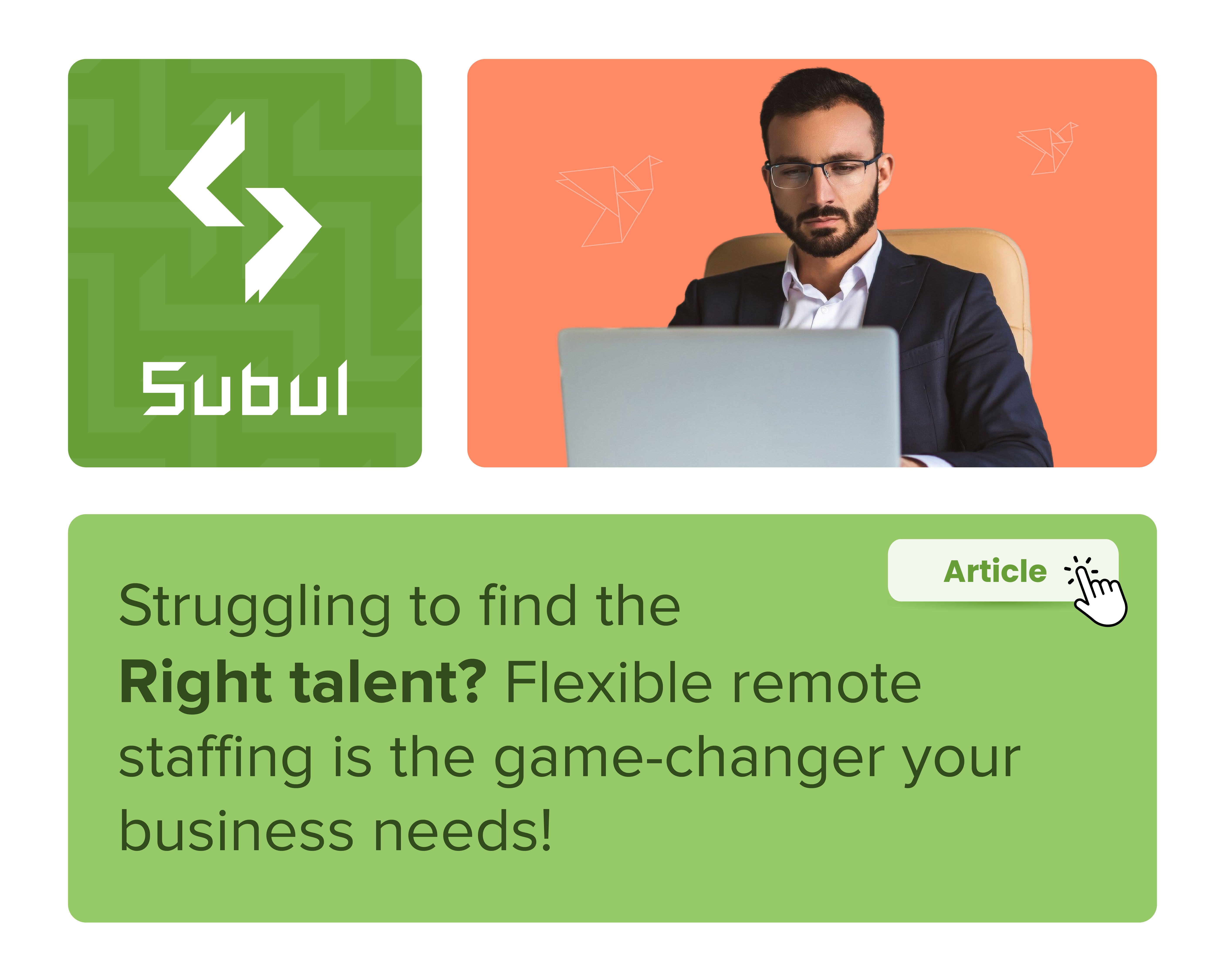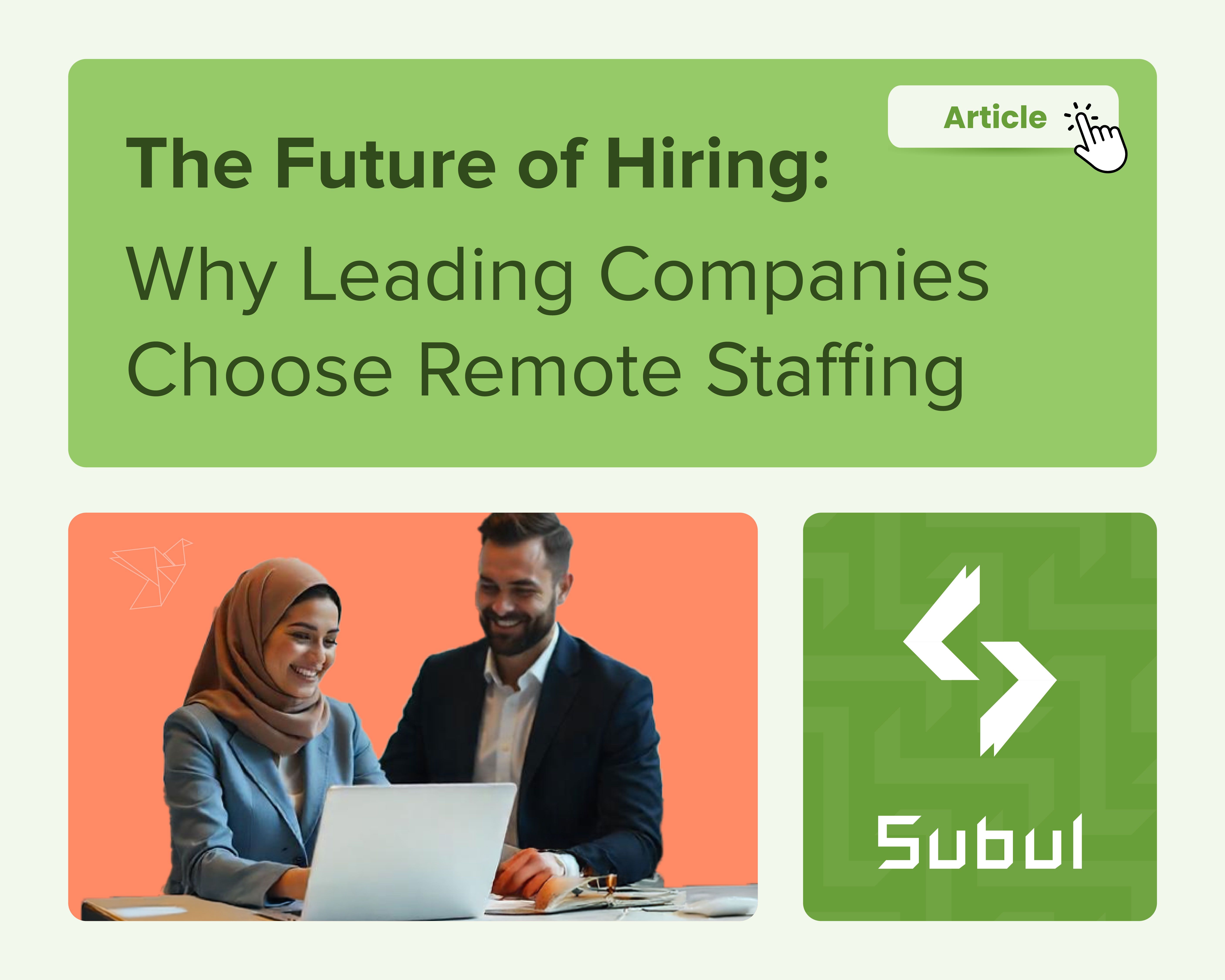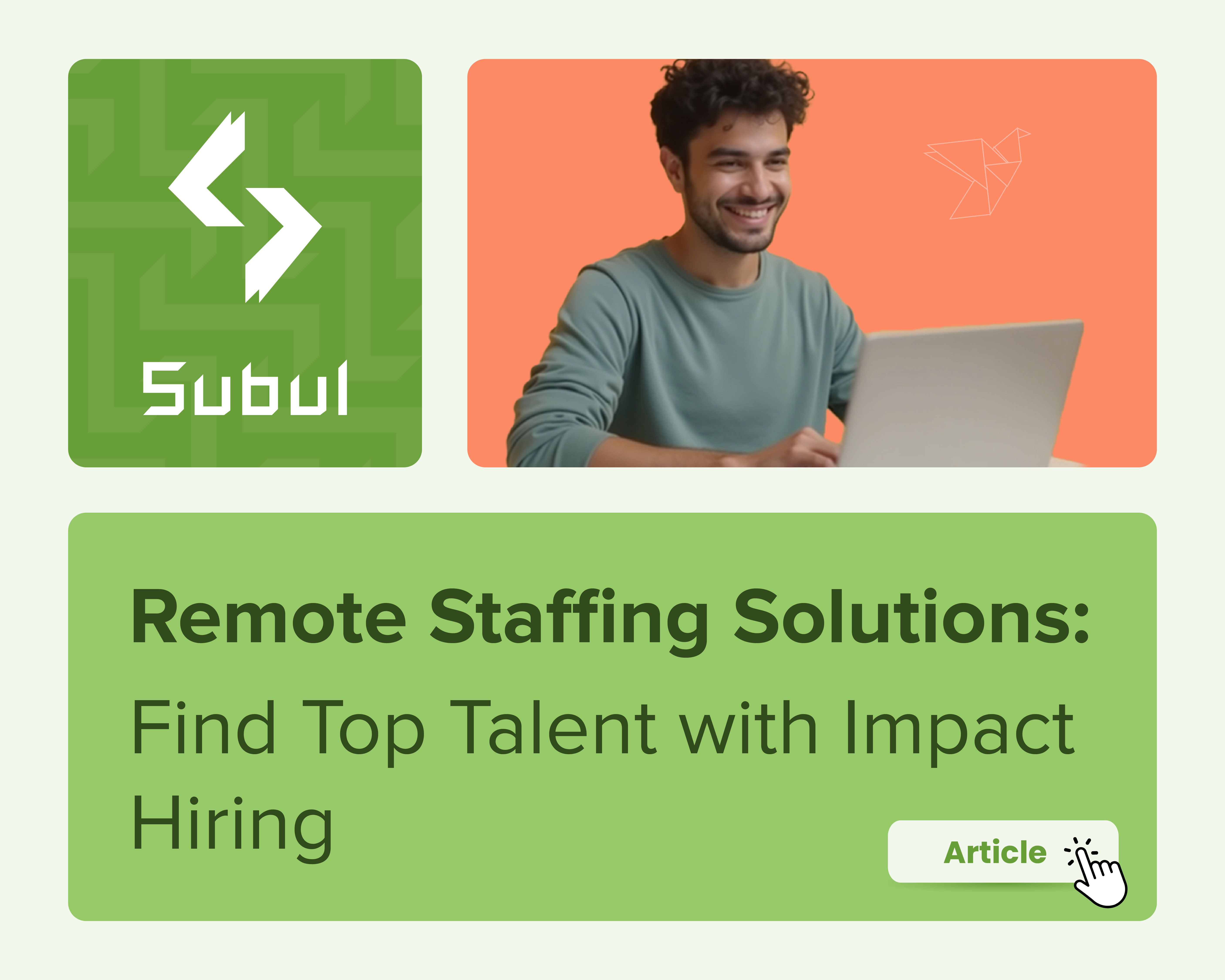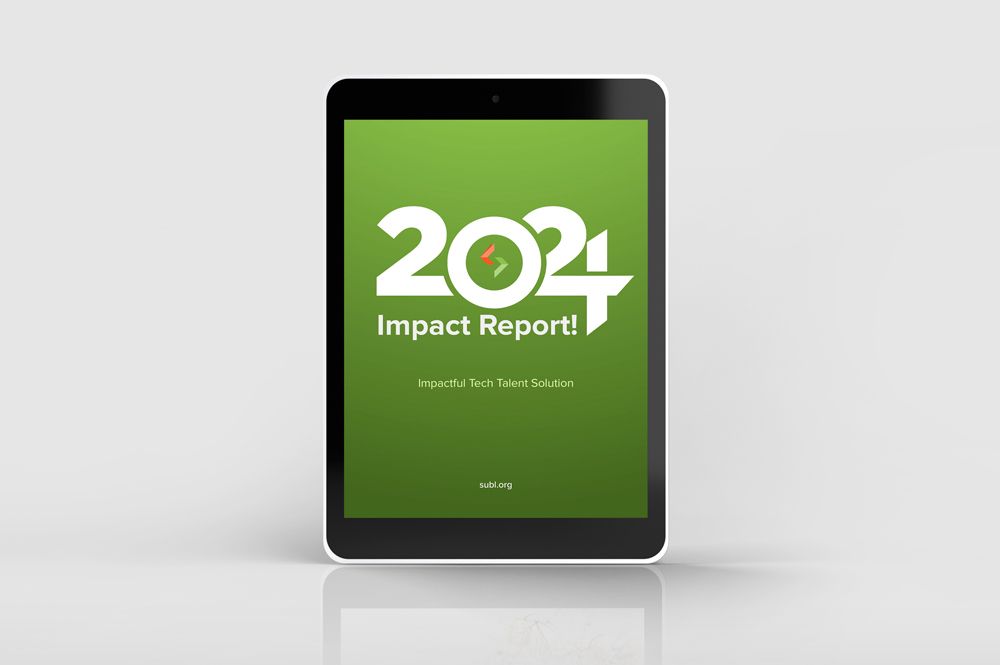In an era where 75% of companies report talent shortages (ManpowerGroup), businesses are scrambling to find skilled professionals who can drive innovation and growth. Traditional hiring—rooted in outdated geographic limitations and rigid processes—often leads to missed opportunities, inflated costs, and stagnant progress. Enter remote staffing services, a transformative approach that leverages global talent pools, cutting-edge technology, and impact recruitment strategies to solve modern hiring challenges.
This comprehensive guide dives deep into how remote staffing empowers businesses to overcome talent gaps, reduce costs, and build future-ready teams. Whether you’re a startup struggling to compete or an enterprise aiming to scale sustainably, you’ll learn actionable strategies to revolutionize your hiring process.
1. The Evolution of Hiring: From Local to Global Talent Pools
1.1 The Limitations of Traditional Hiring
- Geographic Barriers: Restricts access to 90% of global talent.
- Time-Consuming Processes: Average hiring cycles stretch to 42 days (SHRM).
- High Costs: Recruiting a single employee can cost $4,000+ (Glassdoor).
1.2 How Remote Staffing Redefines Recruitment
Remote staffing services dismantle these barriers by:
- Partnering with global talent networks.
- Using AI-driven platforms to match skills with roles.
- Offering flexible hiring models (freelance, contract, full-time).
Case Study: A Canadian SaaS company reduced hiring costs by 60% by using remote staffing to onboard developers from Latin America and Eastern Europe.
2. The Strategic Advantages of Remote Staffing Services

2.1 Access to Specialized Talent
- Niche Expertise: Hire blockchain developers, multilingual marketers, or healthcare compliance experts on demand.
- Emerging Markets: Tap into regions like Southeast Asia, where tech talent is growing by 25% annually (IMF).
2.2 Cost Efficiency Without Compromise
- Salary Arbitrage: Save 30–50% by hiring talent in regions with lower living costs.
- Reduced Overheads: Eliminate expenses like office space, equipment, and relocation packages.
Example: A U.S. e-commerce brand saved $250,000 annually by hiring remote customer support teams from the Philippines.
2.3 Speed and Scalability
- Pre-Vetted Talent Pools: Fill roles in 10–15 days vs. traditional 6-week cycles.
- On-Demand Scaling: Quickly expand teams for seasonal demands or new projects.
3. Impact Hiring: Building Teams That Drive Long-Term Success
3.1 What is Impact Hiring?
Impact hiring prioritizes quality over quantity, focusing on candidates who align with your company’s mission, culture, and long-term goals. It combines:
- Data-Driven Recruitment: Analytics to assess cultural fit and performance potential.
- Diversity & Inclusion (D&I): Teams with diverse backgrounds are 35% more likely to outperform competitors (McKinsey).
3.2 How Remote Staffing Enhances Impact Recruitment
- Global Diversity: Build teams with varied perspectives to foster creativity.
- Skill-Based Assessments: Eliminate unconscious bias by focusing on competencies.
- Retention Strategies: Remote workers stay 13% longer in roles than on-site employees (Owl Labs).
Case Study: A European fintech firm improved product innovation by 40% after diversifying its engineering team through remote staffing.
4. The Top 10 Benefits of Remote Staffing Services

- Global Talent Access: Hire the top 5% of professionals worldwide.
- Cost Savings: Reduce hiring expenses by 30–60%.
- Faster Time-to-Hire: Cut recruitment cycles by 50%.
- Flexibility: Scale teams up or down without long-term commitments.
- Enhanced Productivity: Remote workers log 1.4 more days per month (Airtasker).
- Improved Employee Well-Being: 85% of remote workers report better work-life balance (Buffer).
- Risk Mitigation: Trial periods for contractors reduce bad-hire risks.
- Sustainability: Lower carbon footprints by reducing commutes.
- 24/7 Operations: Leverage time zones for round-the-clock productivity.
- Competitive Edge: Outpace rivals with agile, skilled teams.
Example: A healthcare startup used remote staffing to launch a 24/7 telehealth service, improving patient satisfaction by 30%.
5. Overcoming Remote Staffing Challenges: Practical Solutions
5.1 Communication and Collaboration
- Tools: Slack, Microsoft Teams, and Asana streamline workflows.
- Best Practices:
- Schedule overlapping hours for real-time collaboration.
- Use video calls to build rapport.
5.2 Cultural and Time Zone Differences
- Solutions:
- Provide cultural sensitivity training.
- Hire bilingual project managers to bridge gaps.
5.3 Data Security and Compliance
- Strategies:
- Use VPNs and encrypted communication tools.
- Partner with staffing agencies that handle regional labor laws.
6. Industry-Specific Applications of Remote Staffing
6.1 Technology & Startups
- Access AI/ML engineers and DevOps specialists to accelerate product launches.
6.2 Healthcare
- Hire remote medical coders, telehealth nurses, and data analysts to improve patient care.
6.3 Retail & E-Commerce
- Scale customer service and logistics teams during peak seasons.
Example: A retail chain reduced holiday staffing costs by 45% using remote seasonal workers.
7. The Role of Technology in Remote Staffing

7.1 AI-Powered Recruitment Tools
- Platforms like LinkedIn Talent Insights and HireVue analyze resumes, predict candidate success, and reduce bias.
7.2 Performance Tracking Software
- Time Doctor and Trello monitor productivity and project milestones.
7.3 Virtual Reality (VR) Onboarding
- Immersive training programs for remote engineers, designers, and healthcare staff.
Stat: Companies using AI in recruitment see a 35% improvement in hiring quality (Deloitte).
8. The Future of Remote Staffing: Trends to Watch
- Hybrid Workforce Models: 55% of companies plan to adopt hybrid remote/onsite teams (Gartner).
- Gig Economy Growth: 43% of the workforce will freelance by 2025 (Upwork).
- AI-Driven Personalization: Algorithms match candidates to roles based on soft skills and cultural fit.
9. How to Choose the Right Remote Staffing Partner
- Industry Expertise: Do they specialize in your sector (e.g., tech, healthcare)?
- Talent Vetting Process: Look for skill assessments, background checks, and cultural fit evaluations.
- Compliance Assurance: Ensure they handle taxes, contracts, and regional labor laws.
- Scalability: Can they support rapid team growth?
Red Flag: Avoid agencies that don’t offer trial periods or performance guarantees.
10. Measuring Success: KPIs for Remote Staffing
- Time-to-Fill: Aim for <15 days for non-executive roles.
- Cost-Per-Hire: Track savings compared to traditional methods.
- Employee Retention: Target >80% retention for remote hires.
- Productivity Metrics: Monitor project completion rates and client feedback.
Conclusion: Embrace the Remote Staffing Revolution
The future of work is borderless, agile, and driven by impact hiring strategies. Remote staffing services aren’t just a trend—they’re a necessity for businesses aiming to thrive in a talent-scarce, competitive world. By partnering with the right staffing provider, you’ll unlock unprecedented access to global expertise, reduce costs, and build teams that deliver measurable results.
Ready to transform your talent strategy? Contact us today to explore tailored remote staffing solutions that align with your business goals.
